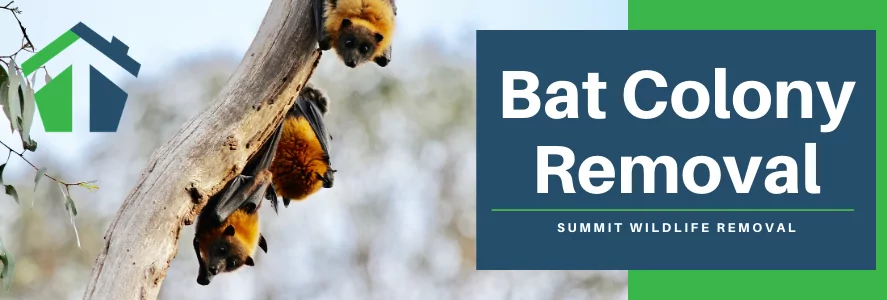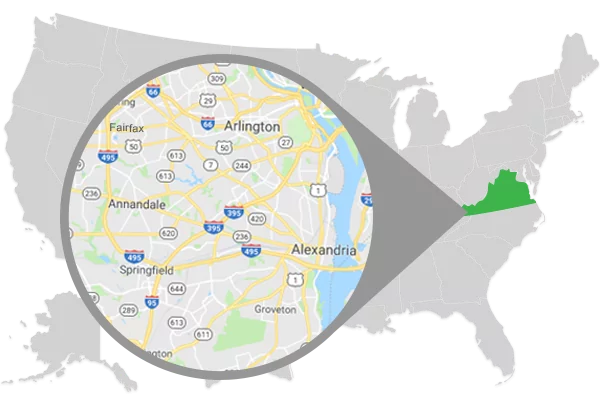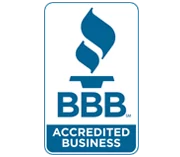Bat Colony Removal in Virginia by Summit Environmental Solutions
Why do I have bats in my attic?
Bats are often attracted to homes that are not made with new materials, such as homes with plaster walls and handcrafted woodwork. Due to the material used in old buildings, the chances of cracks, holes, loose screening, etc. are more probable to occur. Bats only need openings the size of a quarter to enter the home, so if there are several opening available to them, they’re more prone to. In the winter season, bats look for a dark safe haven if there are no surrounding areas and may turn your home, into theirs.
Maternity Season
Removal of bats during maternity season is illegal. If you remove bats during the maternity season without a special permit, then you can be prosecuted and heavily fined. You may notice more bat activity during bat birthing season which occur during different times of the year depending on the breed. Here is a general overview of bat birthing season of different species:
- Little Brown Bat (Myotis) Maternity Season: June 1 – August 15
- Big Brown Bat Maternity Season: June 1 – August 15
- Mexican Free Tail Bat Maternity Season: May 20 – August 10
- Evening Bat Maternity Season: April 20 – July 15
Schedule a FREE
Estimate
Fields with (*) are required.
Fields with (*) are required.
During this time, colonies form and mothers keep their babies close. Each mother will birth about one bat pup per seasons. Most bat colonies contain around a minimum of 40 female bats, which means 40 babies. Having that many bats living in your home can lead to home damage as well as exposure to different health concerns.
Precautions
In Virginia, it is illegal to transport, release, or relocate a bat anywhere other than the property it was caught on and poison any animal (including bat) other than rats and mice on your property. It is a federal offense to “harass, harm, pursue, hunt, shoot, wound, kill, trap, capture, or collect, or to attempt to engage in any such conduct” any endangered or threatened species. There are three specific species that are considered federally endangered species: Gray, Indiana, and Virginia Big-Eared. Before attempting to remove the bats yourself, identify the species or call a professional.
Removal Process
Before the actual bat removal, the situation needs to be assessed and a removal plan needs to be made. After conducting an assessment of the situation and location. Entry and exit ways will be identified to determine the course of action. Bat control is very important when they are found in homes as they can leave behind guano and urine in the insulation and wood work that can spread diseases. The bat colony must be carefully removed along with the possibility of carcasses so that the area the bats were in can be cleaned properly and restored if needed. The most reliable way to remove bats is through the use of one-way doors. Often times a professional is needed to install one-way doors that let bats exit the home but prevent their re-entry. Usually, the adult bats fly out at night; therefore, the removal works on the majority of adult bats. If there are baby bats in the roost, often times flightless, they are stuck in location without their mothers to feed them.
After the bats have been removed humanely, bat guano and urine have to be properly removed. The area will then need to be cleaned and sanitized. Because bat guano contains a fungus called Histoplasma capsulatum and can cause respiratory illnesses, these cleaning needs to be done professionally. Schedule a bat survey for $125.













